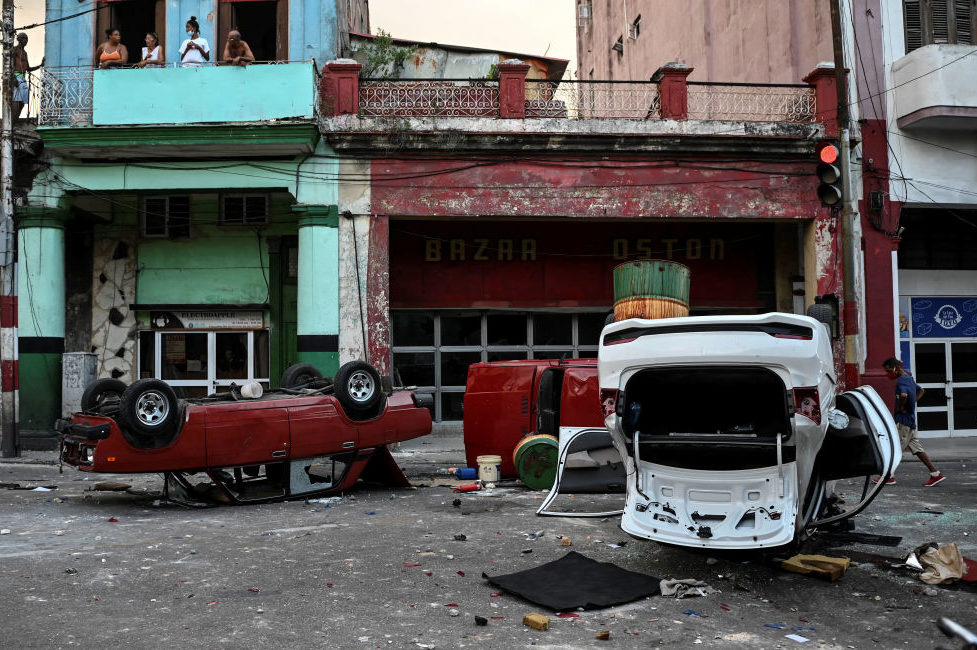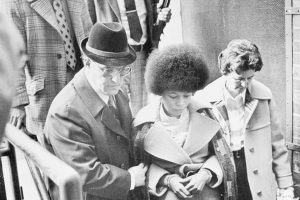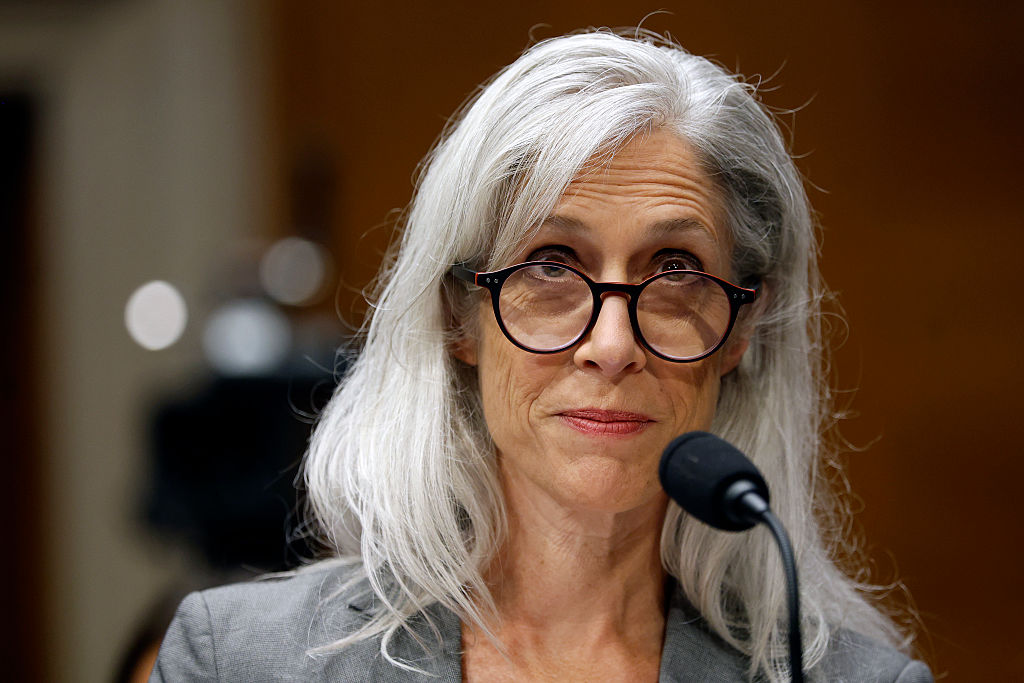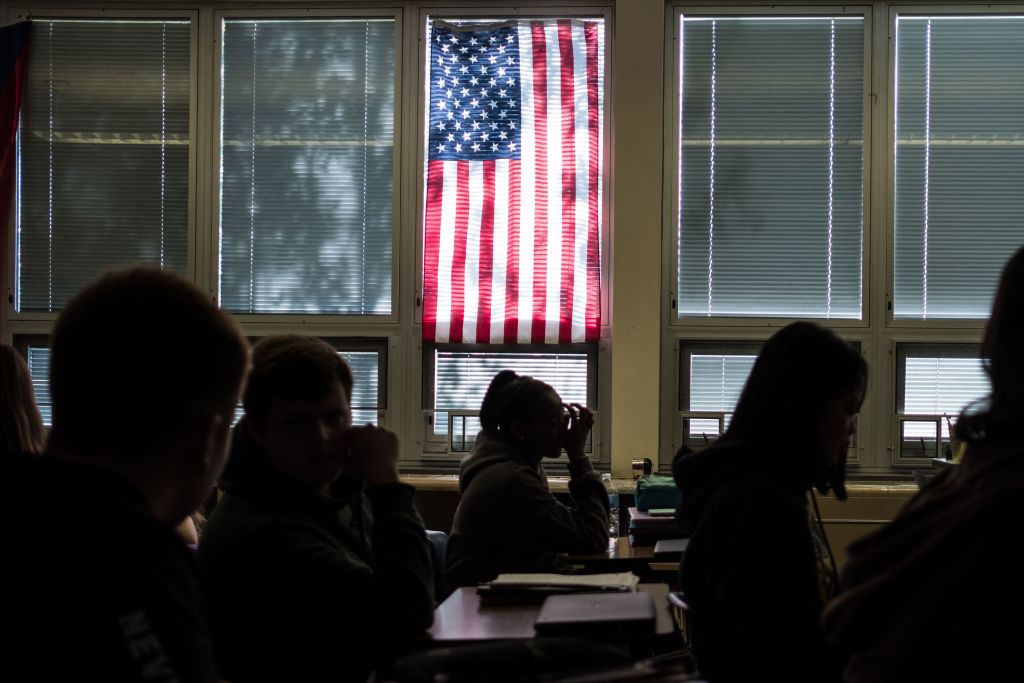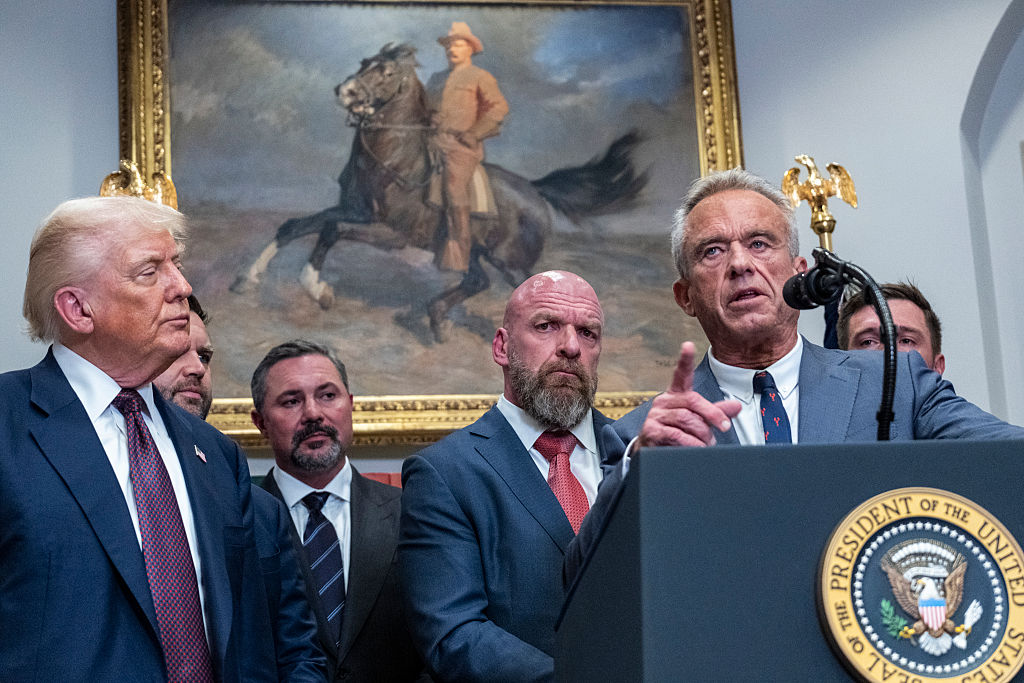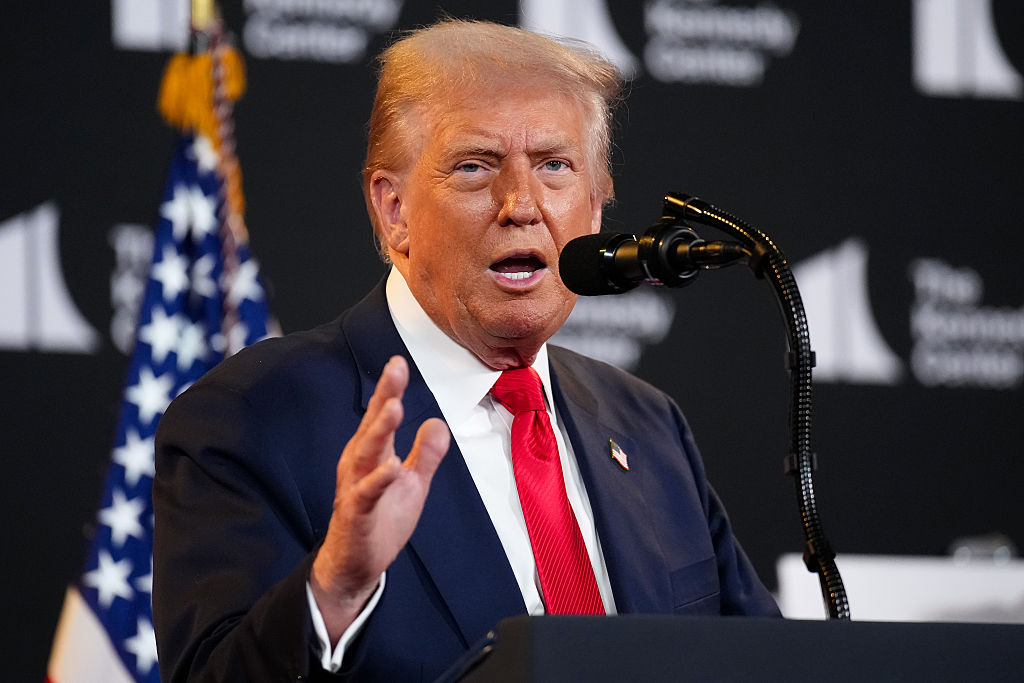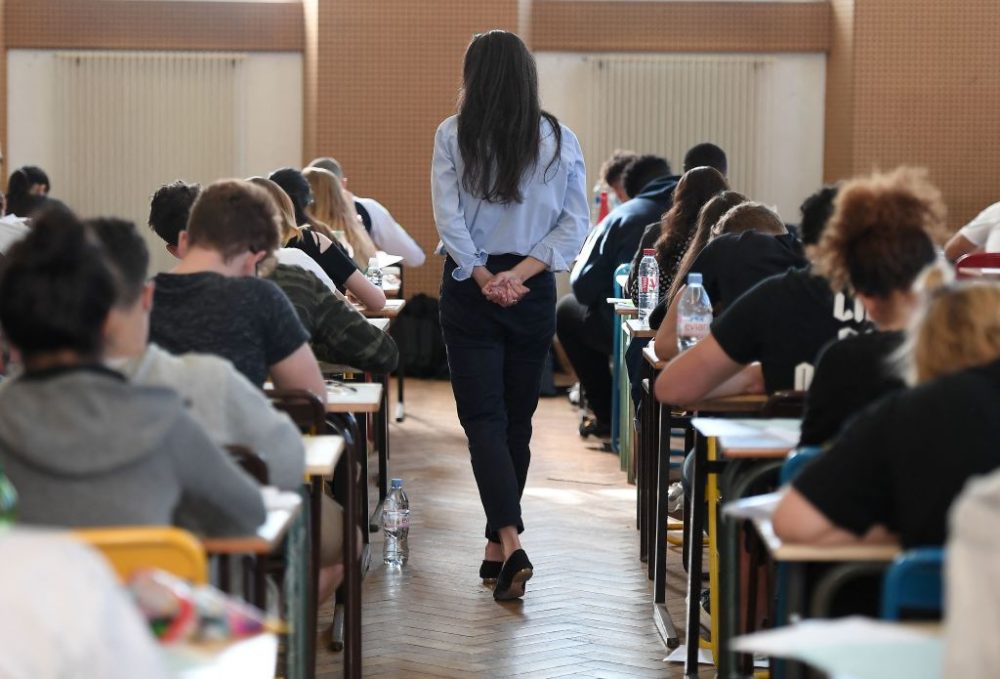Could the growing tide of street protests finally topple Cuba’s communist government? Cubans are certainly angry: Sunday marked the largest-ever demonstration against the island’s regime. Organized through social media, the protests, which began in a town 20 miles outside Havana, quickly spread across Cuba. Thousands of demonstrators marched along some of Havana’s most iconic streets, chanting ‘Freedom!’, ‘Fatherland and Life’ and ‘Down with the dictatorship!’
Discontent with the regime, which took power in 1959, has been rising for the past year. Before this weekend, the most high-profile protests had been from artists and intellectuals demanding freedom of expression. But this discontent is spreading rapidly.
Provoked by the parlous state of the health system and the island’s beleaguered economy, these marches attest to much wider social dissatisfaction. On Sunday, the state reported a record number of new coronavirus infections and deaths.
Cuba is developing its own coronavirus vaccines and received international praise last year for sending doctors on foreign missions. But as cases rise domestically, its citizens face a shortage of medical equipment and basic drugs such as aspirin.
The global pandemic has dealt a fierce blow to the finances of a government reliant on tourism. Last year, the economy, which is predominantly state-run, contracted by 11 percent. Unable to count on hard currency from foreign visitors, the government has struggled to import basic foodstuff.
Another factor in this humanitarian emergency is the tightening of US sanctions during Donald Trump’s presidency. Although Joe Biden was party to the US rapprochement with Cuba when he was Barack Obama’s deputy, he has shown no indication of altering Trump’s hard-line policies.
Cuban president Miguel Díaz-Canel, who officially succeeded Raúl Castro as the island’s communist premier in April, blamed the US embargo for Cuba’s crisis. More worryingly, in a radio-and-television address, he encouraged government loyalists to fight back against the protesters.
‘We are not going to let any counterrevolutionary, mercenary, US government sellout, imperial sellout create destabilization in our country… We are ready to do anything and we will be on the street fighting… The order to combat has been given. Revolutionaries: to the streets.’
Answering Díaz-Canel’s command, about 300 counter-protesters marched in Havana in defense of the government. Police used charges and tear gas to try to dispel the main crowd, and plain-clothes officers responded by firing on, and beating, protesters. As the government sought to control the protests and the dissemination of news, the internet was turned off and photographers and video-journalists from the Associated Press were attacked by police officers.
In a country where the right to public protest is heavily regulated, and in which many citizens fear the consequences of demonstrating, what makes Sunday’s rally so significant is both the variety of grievances and the number of marchers.
The last time Cuba’s government faced a popular mobilization was in 1994, when hundreds of demonstrators in Havana protested the handling of the economy in the years after the Soviet collapse. On that occasion, the march was broken up by the arrival of Fidel Castro and his anti-riot police. This time, thanks to social media, the protests spread instantaneously across the country.
Hammered by financial constraints, there have been many times when Cuba’s communist government has been ‘on the brink’. But Sunday’s demonstration feels more significant. After six decades of rule, the regime is facing the inevitable generational shift for which it seems ill-prepared. If previous generations felt a certain goodwill towards the revolution for its early achievements, in the face of blackouts, hunger and medical scarcities, millennials and Gen Zers see little reason to be loyal to an ineffective administration that began life in the 1950s.
Having concentrated power so closely and for so long in the person of Fidel Castro, the government is struggling to articulate why the Cuban people should support a successor who lacks his charisma and historic legitimacy. In their placards and chants, government loyalists frequently referred to the former leader, not to Díaz-Canel.
With Biden seemingly unwilling to overturn Trump’s sanctions, Cuba’s coronavirus cases rising, and a low likelihood that tourism will buttress the economy anytime soon, the government has few ways to stem the discontent.
For now, with the loyalty of the military and the police, and such a tight control of communications, the government’s power mightily outweighs the resources of the protesters.
The forces that led to Sunday’s march present the most significant challenge to Cuban communism since the 1960s. But unless the military brass perform a spectacular about-turn, the calls for change will go unheeded.
This article was originally published on The Spectator’s UK website.



